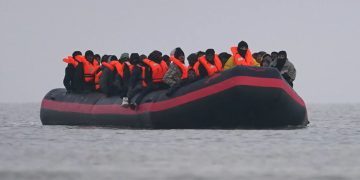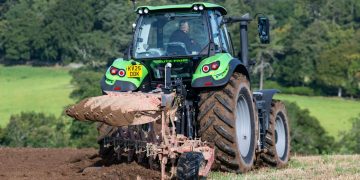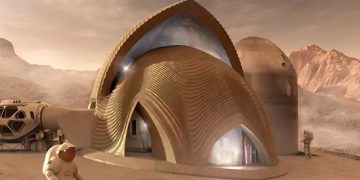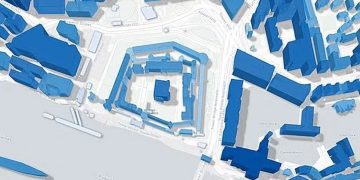A DOOMED £6million production of a British “gargantuan of the skies” saw a 72 tonne prop plane end up being nothing more than a white elephant.
During World War 2 Britain’s aircraft production was naturally focused entirely on its military requirements but this meant in the immediate post-war years it had no commercial production at all and nothing in the design stage.

The only Bristol Brabazon, G-AGPW, during an early test flight[/caption]

The Bristol Brabazon ending up costing £6m but never flew commercial passengers[/caption]

The plane underwent some test take-offs and landings at London’s Heathrow Airport in 1950[/caption]
American companies dominated the market, producing the DC-3, DC-4 and C-69 Constellation.
Britain wanted to get its own production under way to rival its wartime ally and set up a committee under Lord Brabazon of Tara to report on what types of planes were needed.
The findings, which were laid out in what became known as the Brabazon Report, the four different types of plane needed: a very large trans-Atlantic airliner, a short haul airliner, a medium sized airliner to cover European routes and a jet-powered 500mph airliner.
Having gained experience of designing heavy bombers during the 1930s and the war, Bristol Aeroplane Company went about tackling the need for a trans-Atlantic airliner which would emerge as the Bristol Type 167 Brabazon I.
At the time, it was thought that wealthy passengers would prefer air travel over a long sea voyage if the experience was made much more comfortable.
To help this, the company designed its eight engines to be buried in the wings and coupled in pairs which drove four sets of contra-rotating propellers which helped reduced the noise in the passenger cabin.
Also reflecting that belief only those with deep pockets and who expected a certainly standard of comfort would likely want to fly across the Atlantic, was the generous amount of space provided for the travellers.
The huge aircraft was originally designed to carry 96 day passengers, or 52 in sleeping compartments, with a bar also included, walkways and a cinema.
The size of the Bristol 167 Brabazon was vast, with a 230ft wingspan, 19ft longer than a Boeing 747-400, a 75ft tailplane and the undercarriage track was 55ft.
To accommodate the airplane, the runway at Filton had to be strengthened and extended to a length of 2,750 yards.
In order to add the extra space, the village of Charlton, to the west of Filton, which lay in direct line of the runway was entirely destroyed.
AJ ‘Bill’ Pegg piloted the first flight of the sole prototype (G-AGPW) on September 2, 1949 and rather than fitted with passenger seats it was filled with test equipment.
Despite its huge size the plane was, by all accounts easy to fly and to manoeuvre on the ground.
Just four days after its maiden flight, the plane appeared at the SBAC Show at Farnborough before undergoing its test programme.
It visited Heathrow for a series of take-offs and landings before returning to Farnborough in 1950.
Then the following year it was demonstrated at the Paris Air Show but despite creating a significant amount of interest, its expected launch customer BOAC had lost interest in the type of plane.
BEA had expressed interest in buying the flying prototype for commercial use but it was never given a full airworthiness certificate.
Work did start on a Bristol Brabazon I Mk II which had four double Proteus engines but the aircraft was never finished.

In 1952 the expenditure was estimated to be around £3.4m but there was no sign the market that had been predicted by the Brabazon report would actually materialise.
By 1953, the costs had risen further to £6m and another £2m was needed to complete the Mk II prototypes.
In the end, what was then the Ministry of Supply cut its loses and cancelled the project.
After just 400 flying hours, the prototype was broken up in October 1953.
While the plane itself can be seen as a “white elephant” there was a positive spin-off from the project.
One benefit was the work created infrastructure needed to build and support such a large aircraft like the Bristol Britannia.
Filton and its sister facility at Broughton, in Cheshire, would go on to become synonymous with advanced wing technology.
This has carried on through to the modern day, in particular the Airbus A380, the world’s largest passenger plane.

AJ ‘Bill’ Pegg was at the controls for the plane’s maiden voyage[/caption]

Instead of passengers the plane was filled with test equipment for its first flight[/caption]

The plane had a huge 230ft wingspan, 19ft longer than a Boeing 747-400[/caption]
Source





























